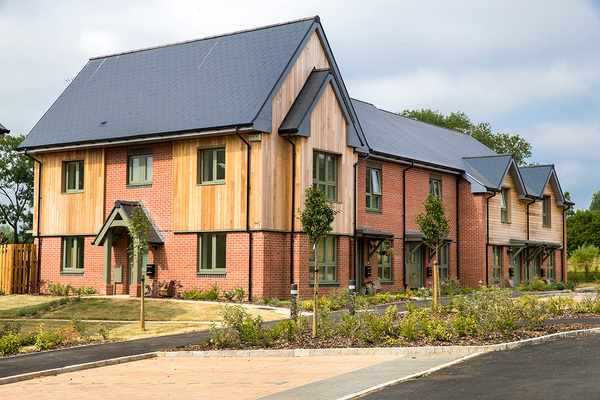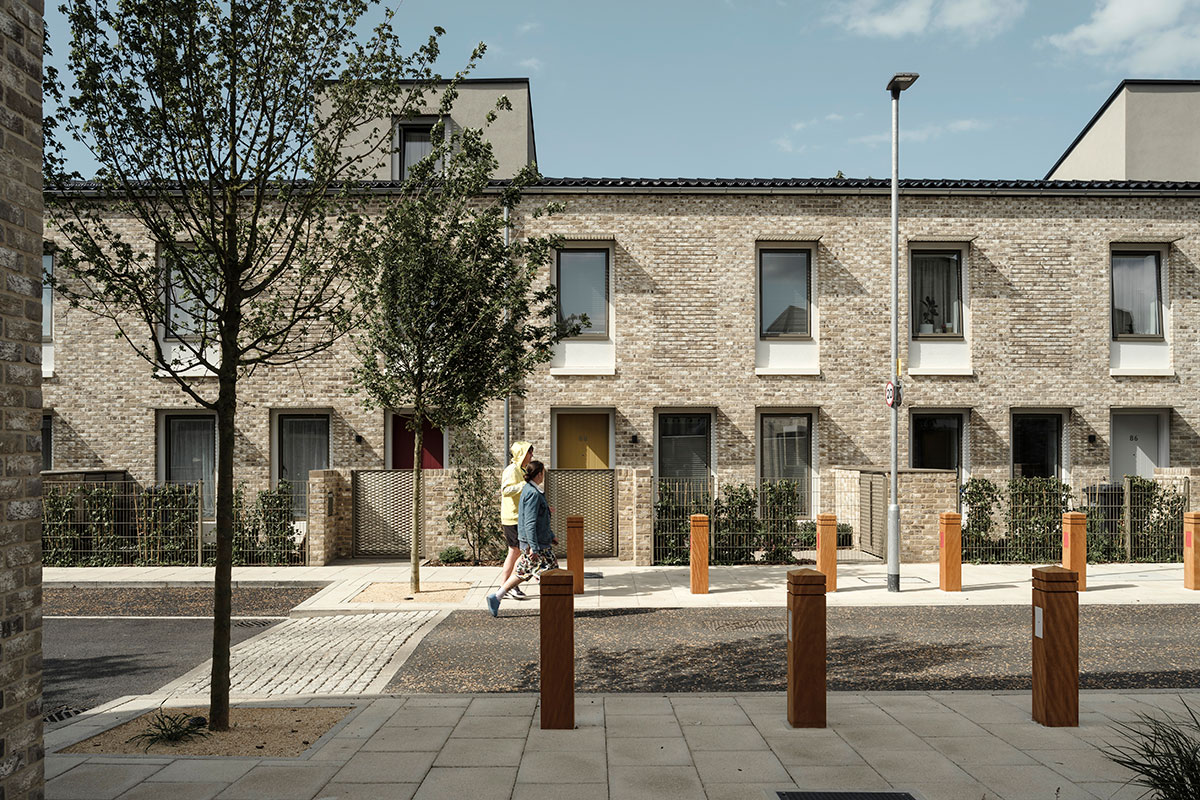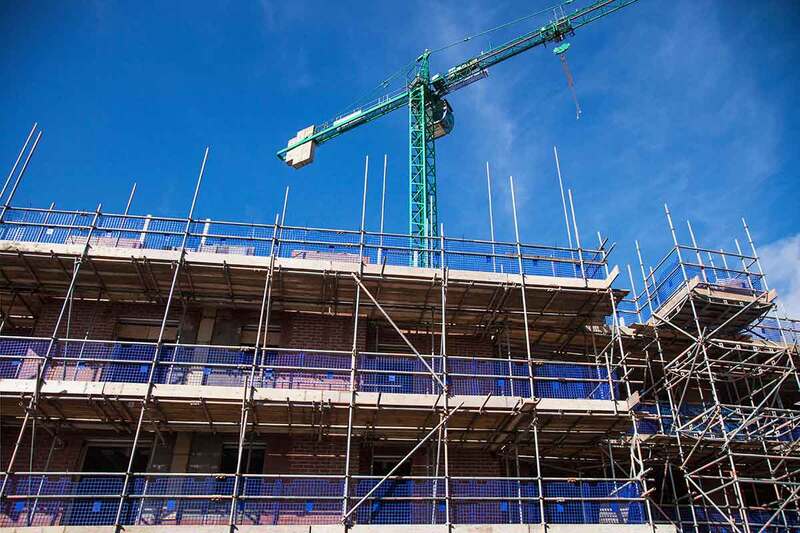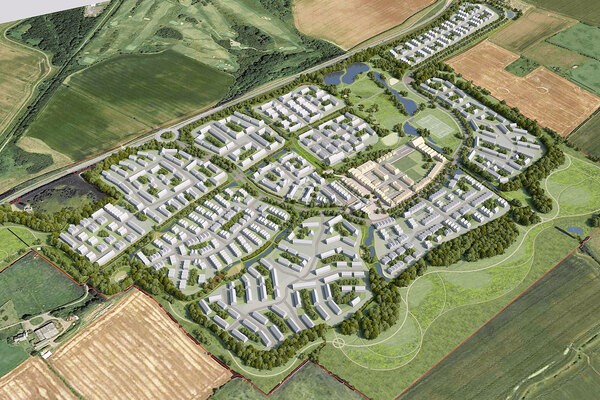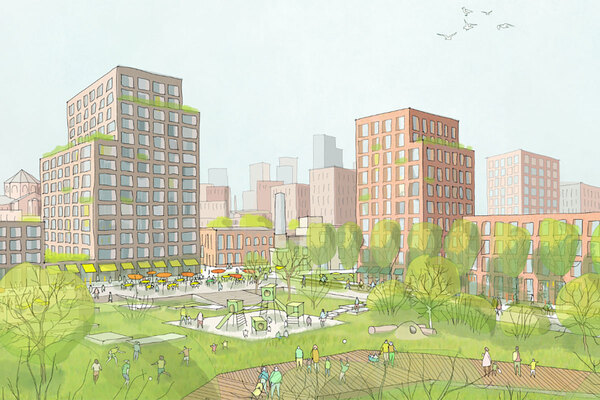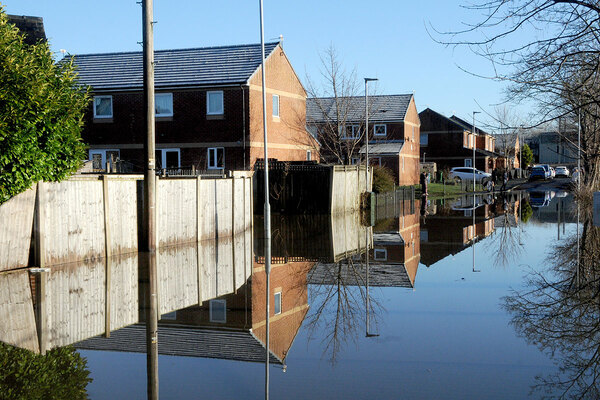Green building in the UK: a timeline
The UK is meant to reach ‘zero carbon’ by 2050, and UK housing will have to make significant changes if that is to be achieved. This timeline looks back to the emergence of zero-carbon housing policy in the 2000s, and forward to what the sector can expect in the future. Jess McCabe reports
2002
BedZED in Sutton, the UK’s first ‘zero-carbon’ development, is completed. The Energy Efficiency Commitment is established, which requires large energy companies to fund energy efficiency work on existing homes.
2003
Merton Council introduces the first planning policy to require 10% renewable energy generation. It is known as the ‘Merton Rule’.
2006
Gordon Brown (above) as Labour chancellor announces a new policy for all new homes to be zero carbon by 2016.
The Code for Sustainable Homes is introduced, setting standards for the performance of new homes across nine areas of sustainability.
2008
The Climate Change Act is introduced, setting for the first time a legal requirement to cut emissions to 80% of 1990 levels by 2050. The Zero Carbon Hub, an agency to support the introduction of zero-carbon homes, is launched. All English and Welsh councils are required to adopt the Merton Rule on renewables.
Two policies called CERT (Carbon Emissions Reduction Target) and CESP (Community Energy Saving Programme) continue to see energy companies paying for energy efficiency work on residential homes.
2010
The new coalition government introduces the renewables feed-in tariff, which is particularly adopted by social landlords to fund the installation of solar panels on tenants’ roofs.
2012
The Green Deal is given a ‘soft launch’. The policy was aimed to create a mass market for energy efficiency work on existing homes, funded by green loans attached to the building rather than the owner.
2013
The first Energy Company Obligation (ECO) period begins. This is funding from energy companies to pay for energy efficiency work on existing homes, replacing CERT and CESP.
2015
The election sees the Conservatives gain a majority, ending the coalition. The new government within months scraps the Green Deal, the zero-carbon homes target and the Code for Sustainable Homes.
Meanwhile in Holyrood, the Scottish government announces funding of £10bn for Scotland’s Energy Efficiency Programme.
2018
ECO3, the latest update to the scheme to fund energy efficiency measures through large energy companies, begins. It will run to 2022 and focuses mostly on people on a low income and on certain benefits.
However, social housing is eligible only if it has an Energy Performance Certificate (EPC) rating of E or lower.
Picture: Tim Crocker
2019
UK law is tightened. Now the UK must by 2050 bring emissions to ‘net zero’. In Scotland, the government sets energy efficiency standards for all homes – social homes must meet EPC Band B by 2032. There are some caveats, but no social home can be let from this date if it falls below Band D.
Goldsmith Street (above), a social rent development built by Norwich Council to the exacting Passivhaus energy efficiency standards, wins the Stirling Prize.
2020
Wales and England consult on similar upgrades to the energy efficiency building standards and the end of gas connections to new homes within five years.
2024
Scottish new build homes must use renewable or low-carbon heat solutions.
2025
The Future Homes Standard is projected to come into force: all new homes should then be supplied with low-carbon heating and have no new connections to the gas grid.
The consultation suggests that energy efficiency performance will be a 75% to 80% reduction on current building regulations.
2045
Scotland is to be ‘net zero’ in carbon emissions.
2050
The UK economy is to be ‘net zero’ in carbon emissions.
Sign up for our development and finance newsletter
Already have an account? Click here to manage your newsletters

